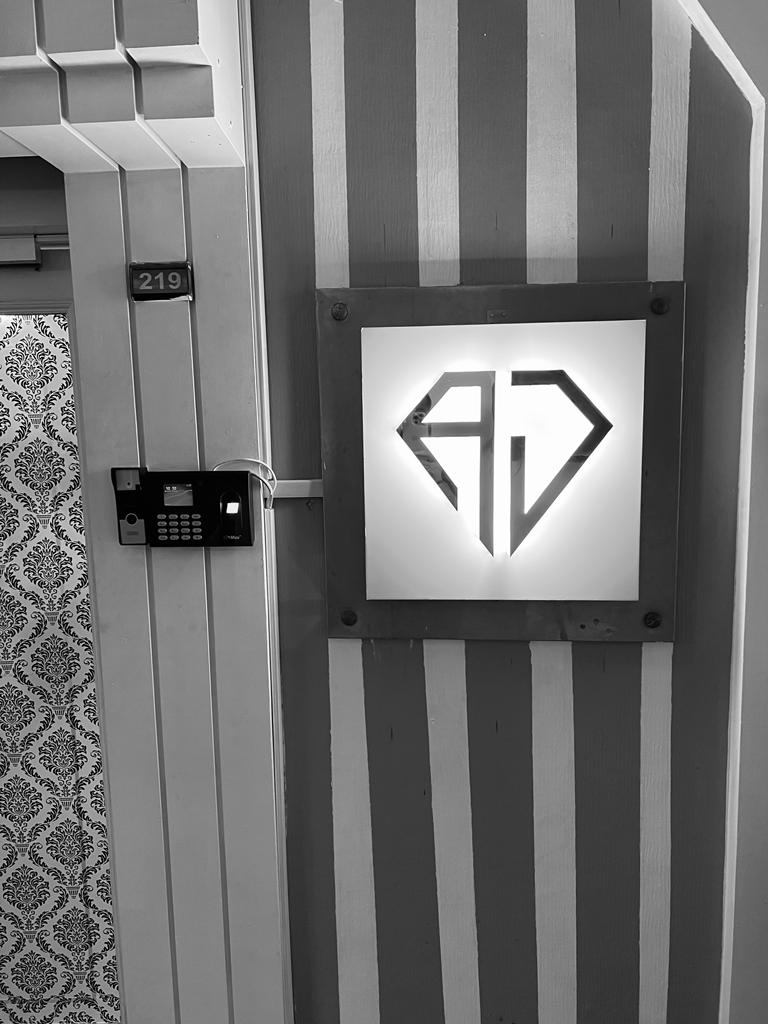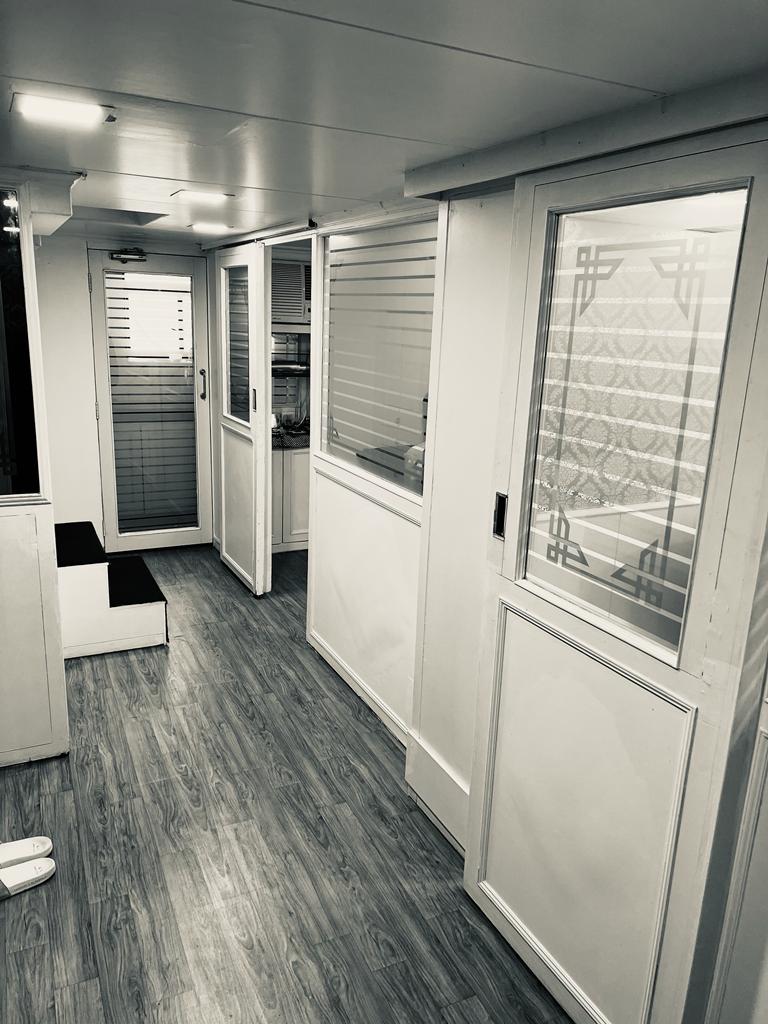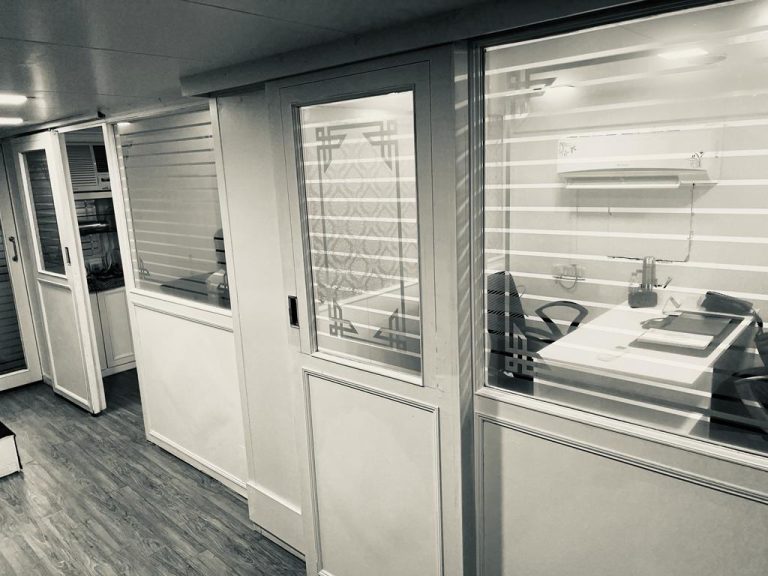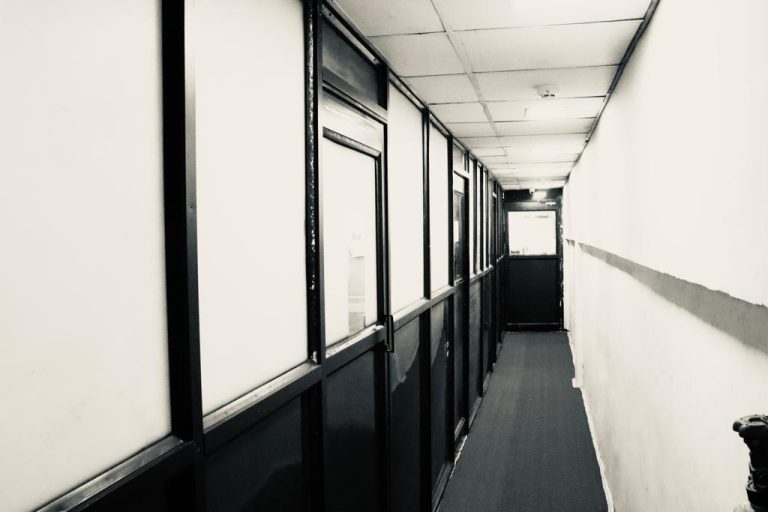About Us
AMAARA JEWELS
Indian jewelry goes back as far 5000 years ago. Back in time when maharaja’s ruled the land, jewelry was as important as the land they ruled. And this rich tradition has never faded away, as a matter of fact, it has only become more contemporary and artistic as time passed by keeping in tune with modern design trends.
Jewelry making is a tradition that has become more vigorous over time with designs getting more elaborate and intricate. And the way Indian jewelry graces a woman’s beauty can be compared to no one else in the world, the proof of which lies in our rich history.
A tradition that initially saw pieces of jewelry being heavy and voluminous pieces of gold, has eventually turned into an art form that involves the use of other precious metals like silver, platinum and other metals besides the use of diamonds and other stones. A kind of skill that has taken the world by storm and this is only the beginning!
PILLARS OF AMAARA
We are a family of 75+ people working with great zeal to empower the Amaara Family Tree.
MANUFACTURING PROCESS
Manufacturing of finest quality diamond jewellery
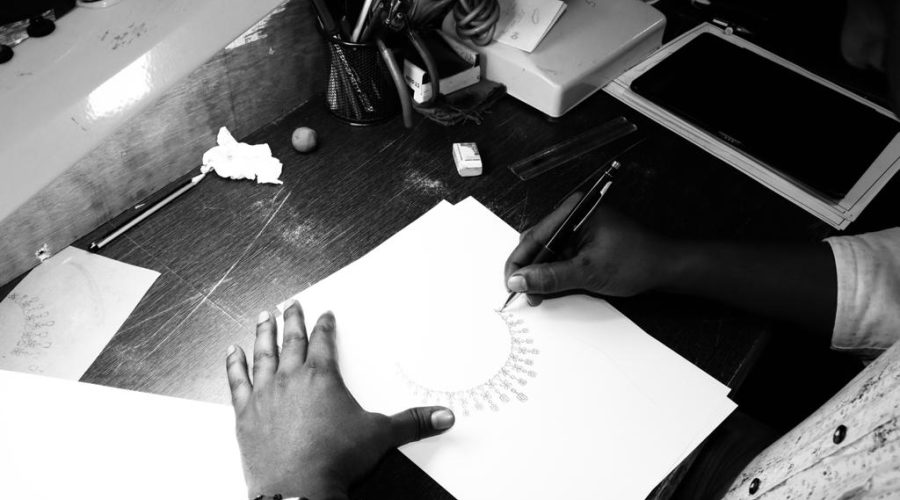
Hand Designs
Well, let me tell you that hand jewellery for brides is not just limited to the same old bangles, cocktail rings or bracelets anymore – there are loads of brand new ethereal styles out there which are so striking that they can uplift your overall look in a jiffy.
Design & CAD
CAD jewelry designs are developed on computer screens by artisans using state-of-the-art equipment and software that metamorphose their thoughts and keystrokes into works of art.
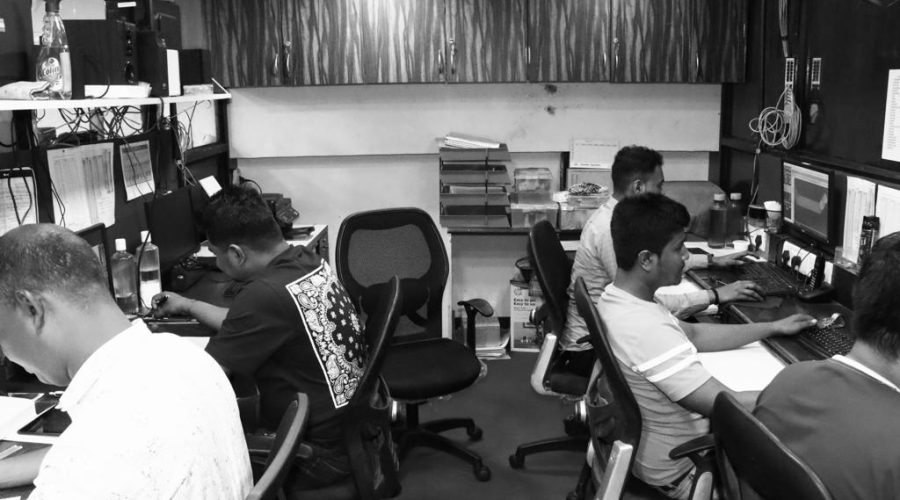
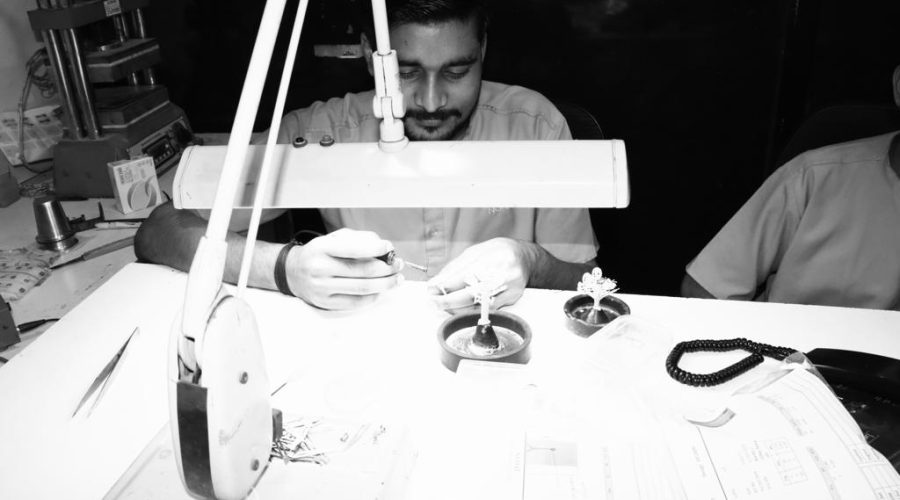
Model Making
A jewelry model is a master design that is copied to make many similar pieces of jewelry. The model may either be a piece of actual finished jewelry or a low-cost blank fashioned from base metal.
Waxing
Wax carving is a great technique to learn to add to your jewellery making skills because it is a fantastic way to experiment with an affordable material. You can also to make more organic shapes that are hard to achieve with traditional sheet metal and wire.
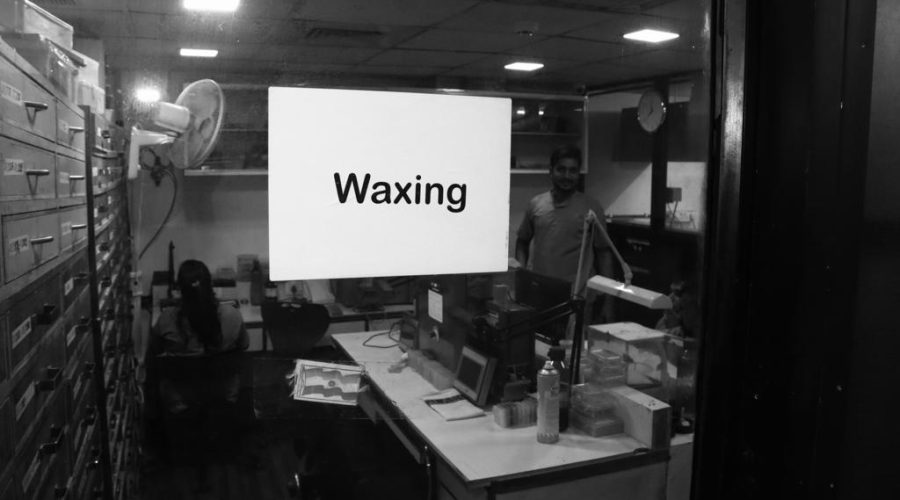
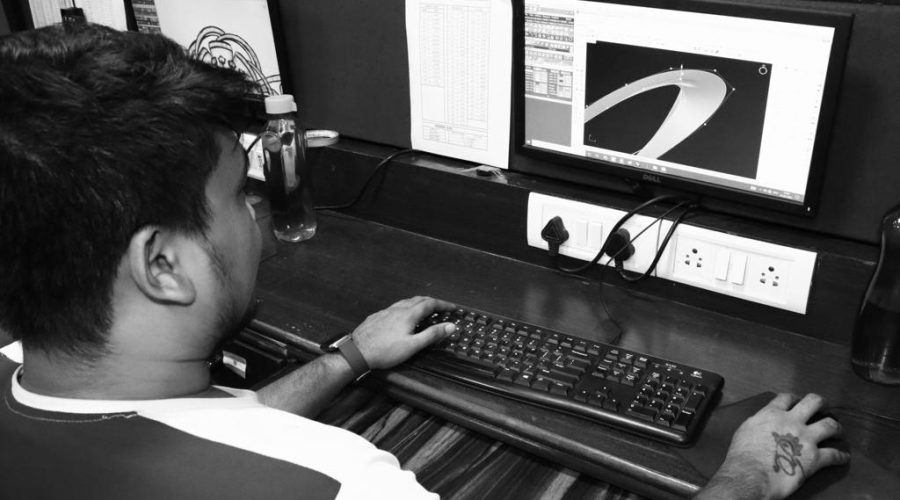
Casting
Gold casting is a part of the jewelry creation process. It allows designers and jewelry stores to take an idea or design, create a mold, and eventually end up with a physical reproduction of the final product.
Filing
Filing is a basic technique used by jewelers, and the file is one of the most important shaping and finishing tools.
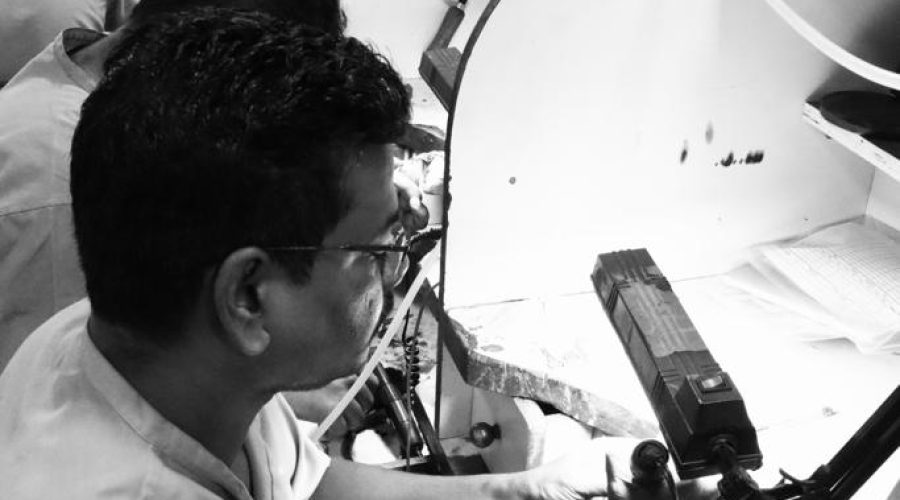
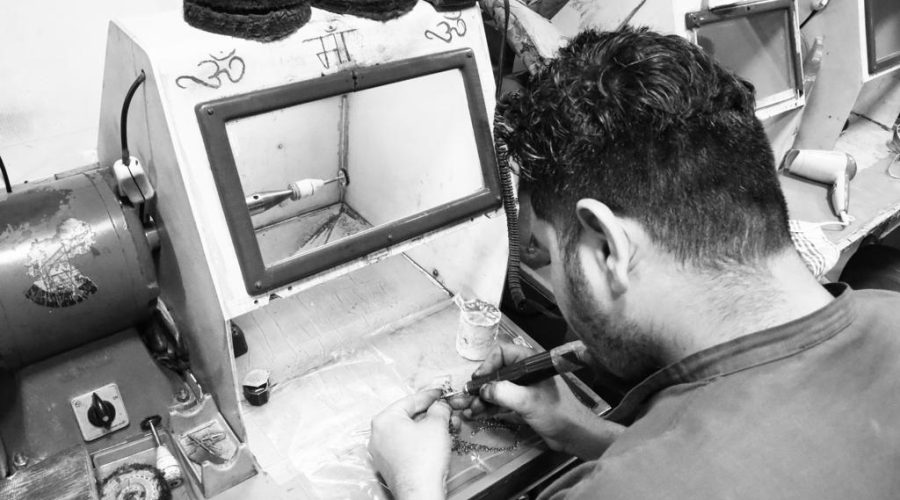
Assembly
Jewelry assemblers assemble jewelry parts to form different types of jewelry such as bracelets, necklaces or earrings. They grip links with pliers or position the link in the slot of a linking ring, twist link joints open using pliers, attach all parts together and repair broken chains.
Diamond Setting
The most popular settings are pave and channel set diamonds. But there are also other options–– bead, shared prong, prong, bar, bezel set and invisible settings.
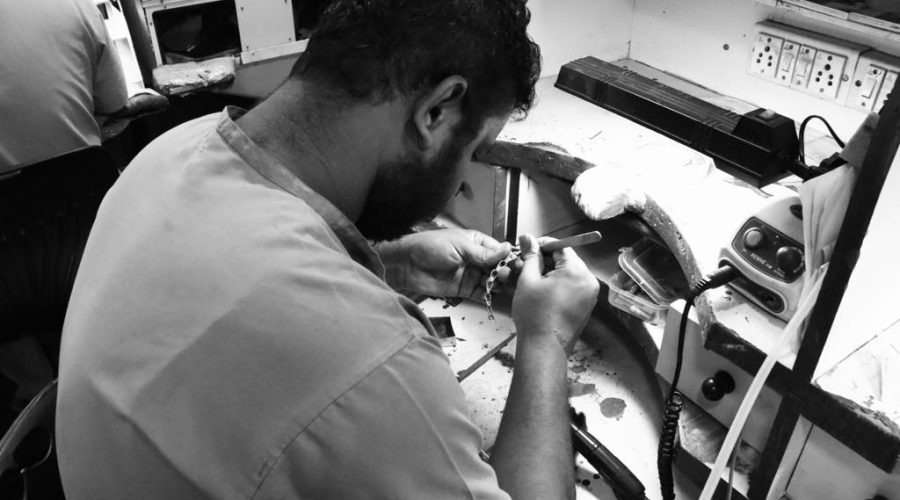
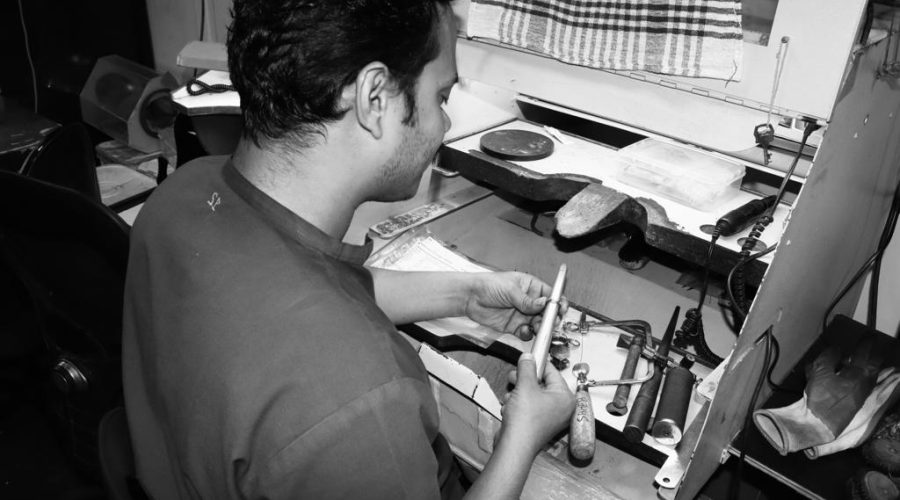
Pre Polish
Pre polish – for preliminary smoothing using a very coarse polishing compound and buffing.
Rhodium
Rhodium plating is used to create a white reflective appearance on Jewellery.
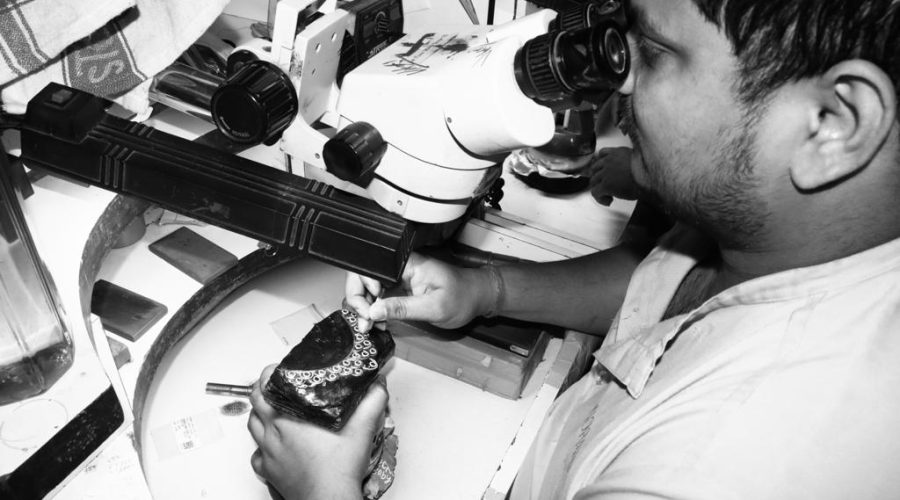
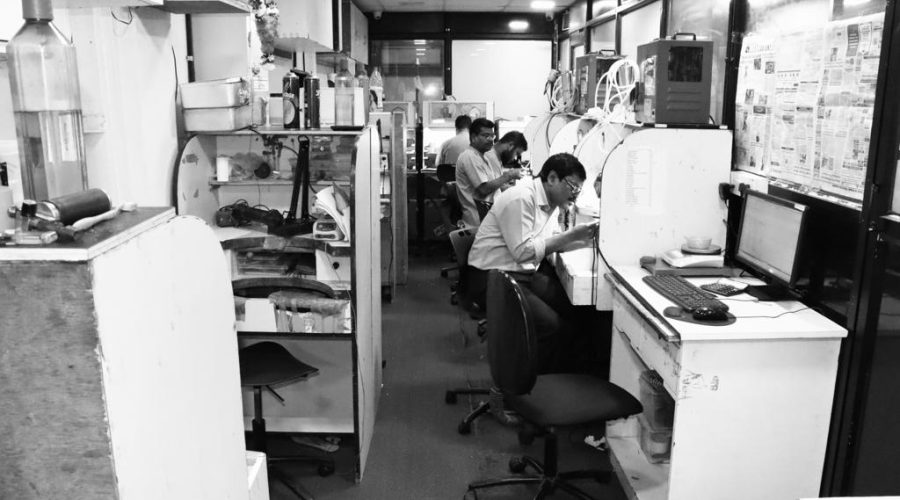
Final Polish
A good quality finish creates a professional, high value and irresistible piece of jewellery that really stands out from the crowd.
Quality Check
This close attention to QC not only ensures the quality of the final product, but also allows us to identify and avert the type of potential problems that, if left unchecked, might cause more serious delays further down the production line.
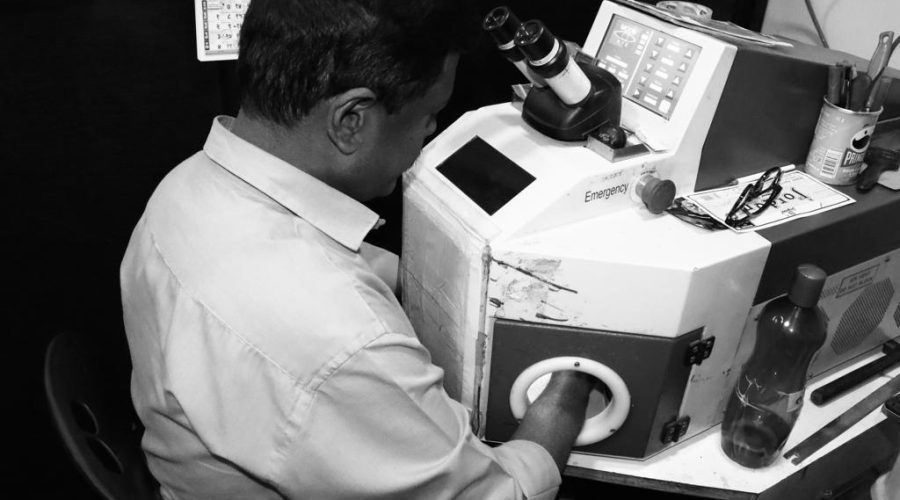
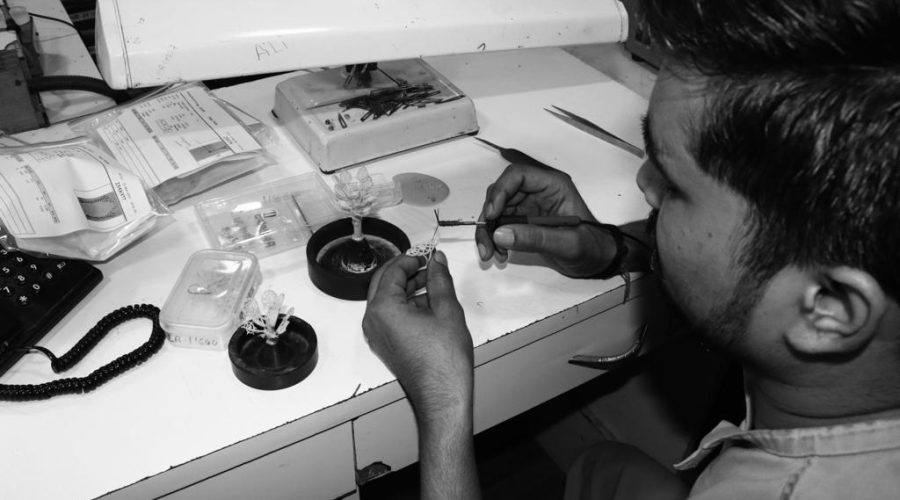
Tagging
RFID Jewellery tags are small anti – counterfeit labels which can read many tags simultaneously. RFID Jewellery tags are contactless read and write labels with different functions.
Finished Goods
SEMI-MOUNT. A finished piece of jewelry is ready to wear. The diamond ring, earrings, bracelet or necklace is polished and all of the diamonds/gemstones are set.
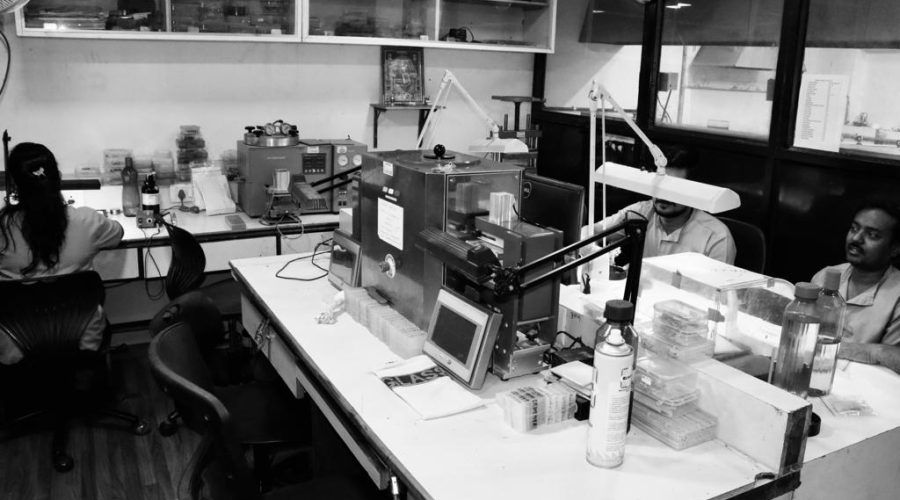
- Unit no.219, Mahavir industrial estate, Paper box road, Andheri East, Mumbai
- +91 8909999987
- info@amaarajewels.com
- aadish@amaarajewels.com
ANY QUERY?
Send us a message

